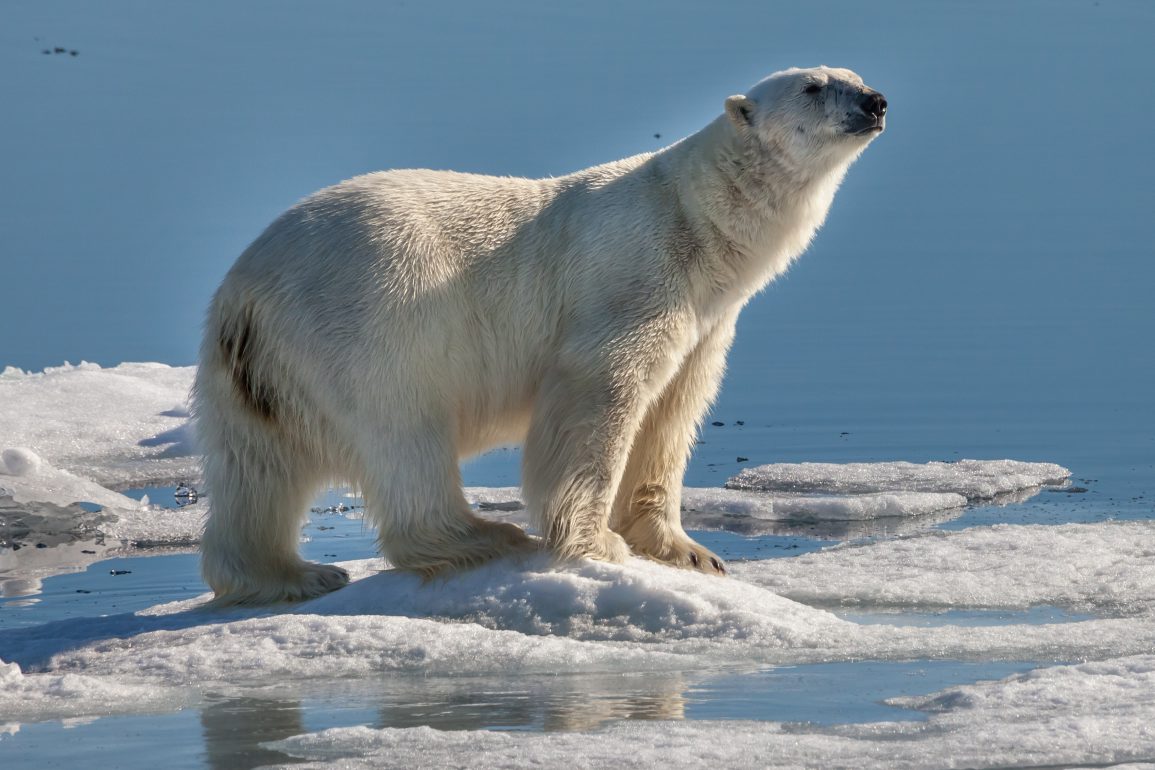When polar bears began showing up in Russian Siberia this year, experts suggested climate change may be a cause. Higher temperatures were melting ice in the Arctic, which polar bears rely on to hunt. The hungry bears had gone south in search of food.
But polar bears won’t be the only ones driven far from home by climate change, according to a new study by researchers from University of Florida and the University of Tasmania.
“Climate change will alter each region’s ability to support the animals who live there now. To survive, those animals will need to move to areas where they can find food and water, as well as conditions they are adapted to,” said the study’s lead author Brett Scheffers, assistant professor of wildlife ecology and conservation in the UF Institute of Food and Agricultural Sciences.
The study’s authors hypothesized that these past example of species movement could provide insight into how we might manage mass movement of species affected by climate change.
Scientists predict species will generally move toward the poles or higher elevations as they search for cooler climates, but it’s hard to know what specific species will do—and how humans will respond, said Scheffers, who co-authored the study with Gretta Pecl, professor at the University of Tasmania.
“What we do know is that they will move, and that presents challenges for people who make decisions about how to manage wildlife. It used to be that you could draw a box around a species and say, ‘this species lives here,’ but we are going to see them leaking out of those boxes,” he said.
In the future, species who used to live in one region may move to a completely new geographic area, where local people and governments will have to handle the newcomers, Scheffers explained.
But species movement isn’t exactly new. Scheffers points out that, in the past, forces other than climate change, such as land development, have altered where animals live. However, climate change has the potential to cause species redistribution on a much bigger scale, he said.
In the study, Scheffers and Pecl identified species whose ranges have shifted due to non-climate factors. When they looked at how people responded to that shift, they found three types of responses: persecute, protect or ignore.
The type of response depended on how people perceived the relative costs and benefits of their new neighbors.
“If it’s a culturally important species, a popular game animal or already protected, you’re more likely to protect it. The ring-necked pheasant is a good example of this—it’s not native to North America, but it’s valued by the hunting community,” Scheffers said.
On the other hand, if a species poses an economic threat or it threatens species that were already there, you might cull that species, he explained. “A good example of a persecuted species is the coyote, which by spreading from the American west to the east, has competed with native predators.”
Sometimes, a species is neither welcomed nor rejected, falling into the ignore category, Scheffers said.
Understanding these patterns now can help us better prepare for the mass redistribution of species that climate change will set into motion.
“Climate change poses a ethical dilemma: How should society manage species that are undergoing redistribution as a result of climate change? And to what degree should managers shape or create future ecosystems?” Scheffers said.
The authors note that species on the move don’t respect interstate or international boundaries. That means managing species affected by climate change will require multilateral cooperation.
“Governments already do this with migratory species. For example, a bird that migrates between Canada, the U.S. and Mexico is managed by all three countries. The difference with climate change is that instead of moving back and forth seasonally, new arrivals won’t travel back to where they came from,” Scheffers said.
The study appears in the journal Nature Climate Change.
This article was originally published on IFAS News.

